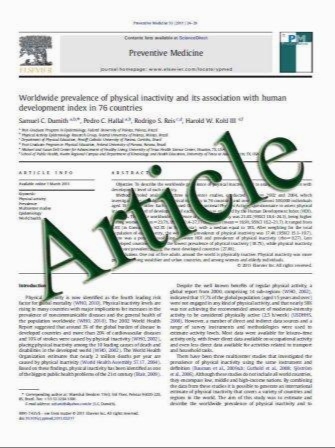Osteoporosis pharmacotherapy following bone densitometry: importance of patient beliefs and understanding of DXA results
- نوع فایل : کتاب
- زبان : انگلیسی
- مؤلف : D. Brask-Lindemann & S. M. Cadarette & P. Eskildsen & B. Abrahamsen
- چاپ و سال / کشور: 2010
Description
Summary Persistence with osteoporosis therapy remains low and identification of factors associated with better persistence is essential in preventing osteoporosis and fractures. In this study, patient understanding of dual energy X-ray absorptiometry (DXA) results and beliefs in effects of treatment were associated with treatment initiation and persistence. Introduction The purpose of this study is to examine patient understanding of their DXA results and evaluate factors associated with initiation of and persistence with prescribed medication in first-time users of antiosteoporotic agents. Self-reported DXA results reflect patient understanding of diagnosis and may influence acceptance of osteoporosis therapy. To improve patient understanding of DXA results, we provided written information to patients and their referring general practitioner (GP), and evaluated factors associated with osteoporosis treatment initiation and 1-year persistence. Methods Information on diagnosis was mailed to 1,000 consecutive patients and their GPs after DXA testing. One year after, a questionnaire was mailed to all patients to evaluate self-report of DXA results, drug initiation and 1- year persistence. Quadratic weighted kappa was used to estimate agreement between self-report and actual DXA results. Multivariable logistic regression was used to evaluate predictors of understanding of diagnosis, and correlates of treatment initiation and persistence. Results A total of 717 patients responded (72%). Overall, only 4% were unaware of DXA results. Agreement between self-reported and actual DXA results was very good (ê=0.83); younger age and glucocorticoid use were associated with better understanding. Correctly reported DXA results was associated with treatment initiation (OR 4.3, 95% CI 1.2–15.1, p=0.02), and greater beliefs in drug treatment benefits were associated with treatment initiation (OR 1.4, 95%CI 1.1–1.9, p=0.006) and persistence with therapy (OR 1.8, 95% CI 1.2–2.7, p=0.006). Conclusion Our findings suggest that written information provides over 80% of patients with a basic understanding of their DXA results. Communicating results in writing may improve patient understanding thereby also improve osteoporosis management and prevention
Osteoporos Int (2011) 22:1493–1501 DOI 10.1007/s00198-010-1365-4 Received: 10 March 2010 / Accepted: 19 July 2010 / Published online: 4 August 2010


